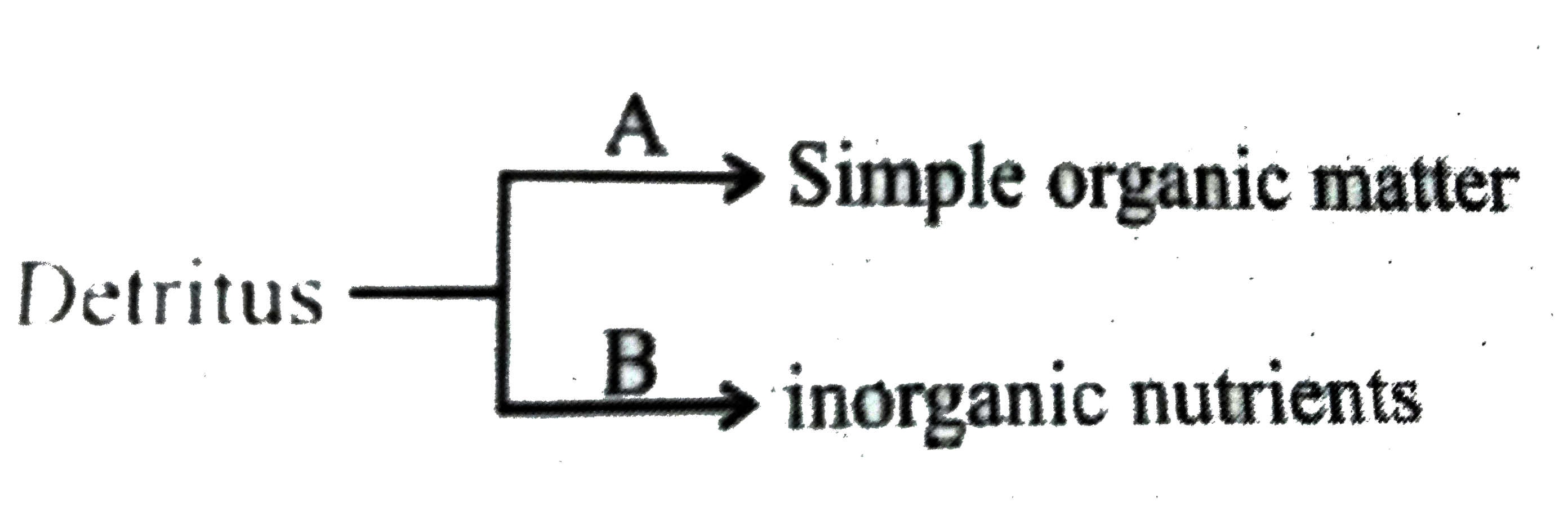Draw a flow chart to depict the multiplication of an HIV virus in a host cell.
Flow Chart for the Multiplication of HIV Virus in a Host Cell
1. HIV Virus Enters Host Cell
- The HIV virus attaches to the surface of a host cell (usually a T-helper cell or macrophage) and penetrates the cell membrane.
2. Viral RNA Introduced into the Cell
- The viral RNA is released into the cytoplasm of the host cell.
3. Reverse Transcription
- The viral RNA is converted into DNA by the enzyme Reverse Transcriptase.
4. Viral DNA Incorporation
- The newly formed viral DNA is integrated into the host cell's genome.
5. Viral RNA Production
- The host cell begins to produce new viral RNA from the integrated viral DNA.
6. Viral Protein Synthesis
- The host cell synthesizes viral proteins using the new viral RNA.
7. Assembly of New Viruses
- New viral RNA and proteins are assembled to form new HIV viruses.
8. Release of New Viruses
- The newly formed HIV viruses are released from the host cell, ready to infect other cells.
Flow Chart Representation:
(HIVVirusEntersHostCell)⏐⏐
⏐
⏐↓(ViralRNAIntroduced∫otheCell)⏐⏐
⏐
⏐↓(ReverseTranscription)⏐⏐
⏐
⏐↓(ViralDNAIncorporation)⏐⏐
⏐
⏐↓(ViralRNAProduction)⏐⏐
⏐
⏐↓(ViralProte∈Synthesis)⏐⏐
⏐
⏐↓(AssemblyofNewViruses)⏐⏐
⏐
⏐↓(Re≤aseofNewViruses)
- The HIV virus attaches to the surface of a host cell (usually a T-helper cell or macrophage) and penetrates the cell membrane.
- The viral RNA is released into the cytoplasm of the host cell.
- The viral RNA is converted into DNA by the enzyme Reverse Transcriptase.
- The newly formed viral DNA is integrated into the host cell's genome.
- The host cell begins to produce new viral RNA from the integrated viral DNA.
- The host cell synthesizes viral proteins using the new viral RNA.
- New viral RNA and proteins are assembled to form new HIV viruses.
- The newly formed HIV viruses are released from the host cell, ready to infect other cells.
(HIVVirusEntersHostCell)⏐⏐
⏐
⏐↓(ViralRNAIntroduced∫otheCell)⏐⏐
⏐
⏐↓(ReverseTranscription)⏐⏐
⏐
⏐↓(ViralDNAIncorporation)⏐⏐
⏐
⏐↓(ViralRNAProduction)⏐⏐
⏐
⏐↓(ViralProte∈Synthesis)⏐⏐
⏐
⏐↓(AssemblyofNewViruses)⏐⏐
⏐
⏐↓(Re≤aseofNewViruses)
Topper's Solved these Questions
- HUMAN HEALTH AND DISEASESBOOK - MODERN PUBLICATIONCHAPTER - HUMAN HEALTH AND DISEASESEXERCISE - Higher Order Thinking Skills & Brain Twisting (Long Answer Questions)
5 Videos
- HUMAN HEALTH AND DISEASESBOOK - MODERN PUBLICATIONCHAPTER - HUMAN HEALTH AND DISEASESEXERCISE - QUICK MEMORY TEST (A. Say True or False)
20 Videos
- HUMAN HEALTH AND DISEASESBOOK - MODERN PUBLICATIONCHAPTER - HUMAN HEALTH AND DISEASESEXERCISE - Higher Order Thinking Skills & Brain Twisting (Very Short Answer Questions)
10 Videos
- EVOLUTIONBOOK - MODERN PUBLICATIONCHAPTER - EVOLUTIONEXERCISE - CHAPTER PRACTICE TEST (SECTION-D)(CASE-BASED SHORT ANWER )(THREE MARK EACH)
2 Videos
- HUMAN REPRODUCTIONBOOK - MODERN PUBLICATIONCHAPTER - HUMAN REPRODUCTIONEXERCISE - CHAPTER PRACTICE TEST (SECTION - D LONG TYPE QUESTION)
2 Videos
Similar Questions
HIV virus is a retrovirus.
View SolutionIn the given flow diagram , the replication of retrovirus in a host cell is shown. Examine it and anwer the following questions.
(a) Why is virus called retrovirus?
(b) Fill in the blank (1) and (2)
(c) Can infected cell survive while viruses are being replicated and realesed by host cell?
View Solution
Knowledge Check
HIV Virus destroy
ARBCBT-4 LymphocytesC'NeuronDNone of theseThe genetic material of HIV is
AOne single-stranded RNABOne double stranded RNACTwo single-stranded RNADTwo single-stranded DNA

in above flow chart B is :-
View SolutionDraw a flow chart showing classification of kingdom Plantae.
View SolutionDraw a flow chart of different fish production cultures.
View SolutionIn the given flow diagram, the replication of retro virus in a host is shown. Observe and answer the following questions.
(a) Fill in (A) and (B)

View SolutionDraw a flow chart to show different ways of oxidation of glucose,.
View Solution(a) what are the three general classes of matter ? Give one example of each type.
(b) Draw a flow-chart for the schemtic resestation of different types of matter.
View Solution
